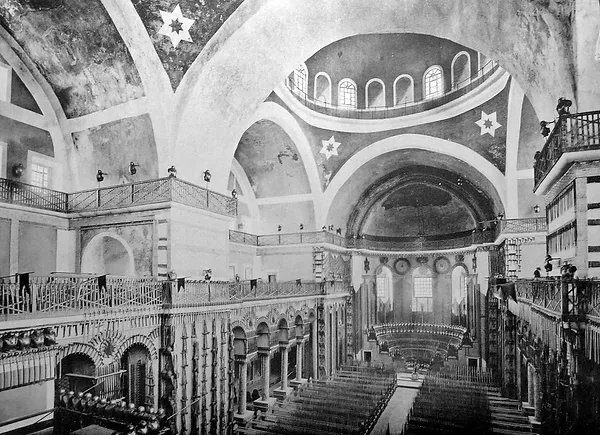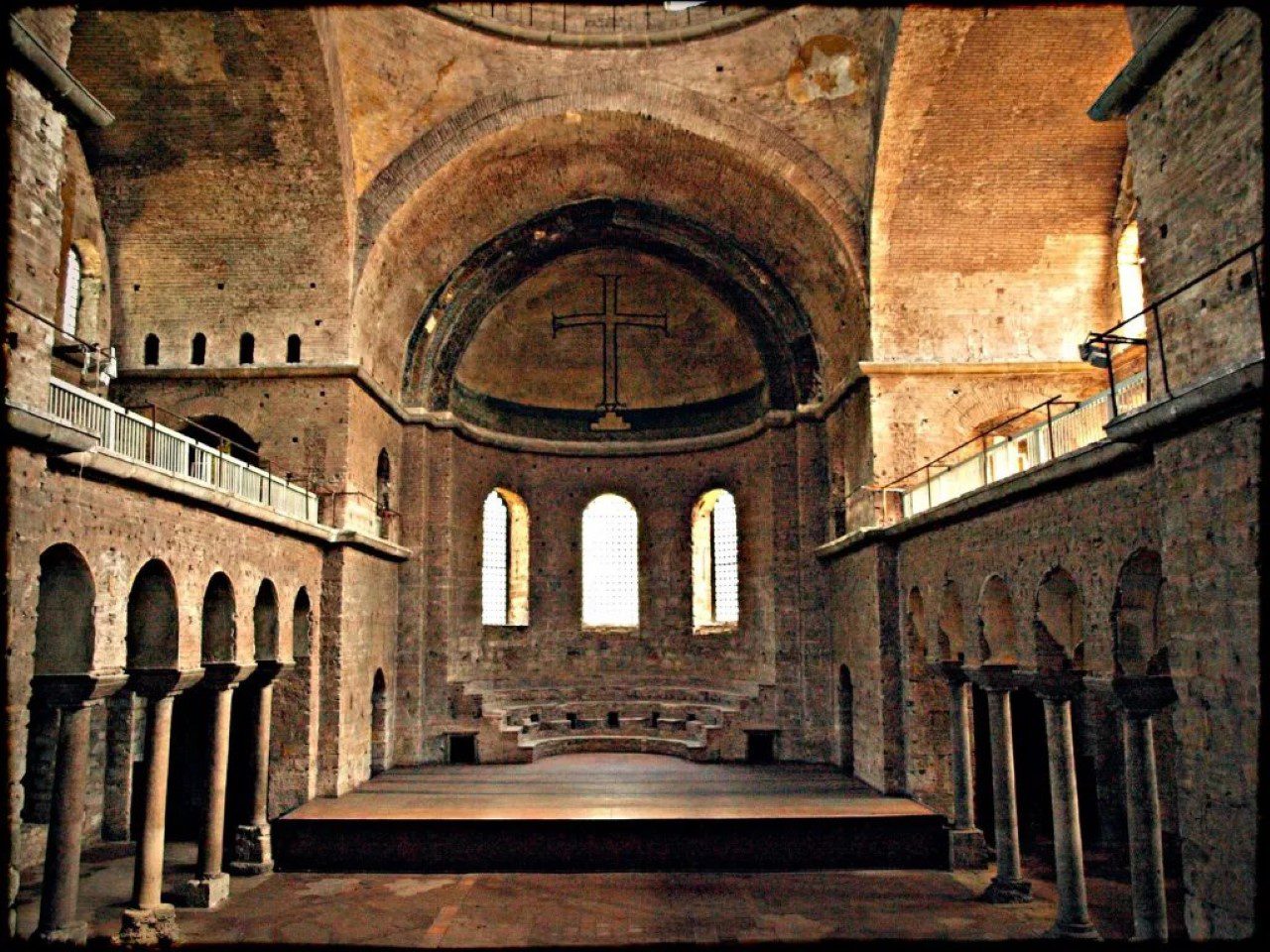Welcome to the captivating world of Hagia Irene, an ancient church nestled in the heart of Istanbul. Steeped in history and architectural grandeur, Hagia Irene is a testament to the city’s rich heritage. In this blog post, we will explore the significance of Hagia Irene, its ties to the Byzantine Empire, its transformation into a mosque, and its current role as a museum. Join us as we unveil the secrets of this remarkable cultural treasure.
The Historical Significance of Hagia Irene
Hagia Irene, also known as Aya Irini or the Church of Holy Peace, holds a profound place in history. Constructed in the 4th century during the reign of Emperor Constantine the Great, it is considered one of the oldest churches in Istanbul. As the Eastern Roman Empire’s first Christian cathedral, it witnessed significant events. It played a pivotal role in the religious and political life of Byzantium.



From Church to Mosque: Hagia Irene’s Transformative Journey
Over the centuries, Hagia Irene underwent various transformations. Following the Byzantine era, the Church faced turbulent times during the Byzantine Iconoclasm period. Later, during the Ottoman conquest of Constantinople in 1453, it was converted into a mosque, accompanying the city’s shift from Christian to Islamic influence. This transition left an indelible mark on the structure, blending Byzantine and Islamic architectural elements.
Hagia Irene as a Museum: Preserving the Past, Celebrating the Present
Today, Hagia Irene is a captivating museum showcasing its historical and cultural significance. It allows visitors to immerse themselves in the layers of history, marvel at its magnificent architecture, and discover the stories behind its walls. The museum hosts various exhibitions and cultural activities that bring the past to life while providing a platform for contemporary art and events.



Architectural Marvels of Hagia Irene: A Byzantine Gem
The architectural wonders of Hagia Irene never fail to mesmerize visitors. The Church exhibits a unique blend of Byzantine elements, including a domed basilica design, intricate mosaics, and ornate decorations. Its remarkable acoustics also make it a sought-after venue for classical concerts, allowing audiences to experience music in a truly awe-inspiring setting.
Exploring Hagia Irene and Its Surroundings: Topkapı Palace and More
A visit to Hagia Irene allows one to explore its surroundings, including the illustrious Topkapı Palace. Located adjacent to Hagia Irene, the palace offers a glimpse into the opulent lifestyle of the Ottoman sultans. These landmarks form a unique historical and cultural complex, showcasing Istanbul’s diverse heritage.


Exploring the Surrounding Area: Hagia Irene’s Location and Nearby Attractions
The Church enjoys a prime location in the Sultanahmet neighborhood of Istanbul, allowing visitors to explore other iconic landmarks easily. The magnificent Church is just a short walk away, another architectural marvel showcasing the city’s rich history. The Blue Mosque, with its stunning blue-tiled interiors, is also within reach, offering a glimpse into the Ottoman architectural legacy. The Grand Bazaar, a bustling marketplace with vibrant colors and aromas, beckons visitors with its various goods and Turkish delights.


Preserving Hagia Irene for Future Generations: Restoration Efforts and Cultural Heritage
Preserving the historical and cultural significance of The Church is of paramount importance. Ongoing restoration efforts ensure that the structure remains structurally sound and visually captivating. These efforts involve meticulous conservation and maintenance to safeguard this ancient Church’s architectural integrity and historical value. Through these restoration initiatives, The Church can continue to inspire awe and serve as a testament to Istanbul’s rich cultural heritage for generations to come.
Additionally, the cultural heritage associated with Hagia Irene is celebrated through educational programs and exhibitions. Visitors can delve deeper into the Byzantine era, learn about the Church’s historical context, and appreciate its cultural significance. By sharing this knowledge with the public, Hagia Irene becomes a museum and a living testament to the vibrant tapestry of Istanbul’s past, present, and future.
As visitors explore The Church and immerse themselves in its history and architectural splendor, they embark on a journey transcending time. The ancient walls speak volumes about the rise and fall of empires, the blending of cultures, and the enduring power of human creativity. The Church of Istanbul invites us all to witness the harmonious fusion of the ancient and the contemporary. This experience encapsulates the essence of this magnificent city.


Conclusion
The Church is a living testament to Istanbul’s rich history and architectural marvels. From its origins as an ancient church to its transformation into a mosque and its current role as a museum, this remarkable structure has witnessed the ebb and flow of civilizations. As visitors step inside The Church, they are transported back in time, where the echoes of the past intertwine with the vibrant present, creating an unforgettable experience.


0 Comment